Exploring 15 Key Rituals in a Japanese Wedding
- Author: Natali Grace Levine
- Reading time: 8 min 29 sec
- Publication date: 11/15/2024
- Updated: 01/07/2025
- 1. San San Kudo (Three, Three, Nine)
- 2. Shinto Ceremony
- 3. Traditional Wedding Attire
- 4. Kagami-biraki (Sake Barrel Opening)
- 5. The Role of the Matchmaker (Nakodo)
- 6. Ring Exchange
- 7. Chaji and Chowa (Wedding Banquets)
- 8. Traditional Footwear (Zori and Geta)
- 9. Gift Giving (Shinsou)
- 10. Yui-no (Engagement Gifts)
- 11. The Red and White Umbrella
- 12. The Role of Parents
- 13. Bridal Procession
- 14. Wedding Procession (Hanayome Dochu)
- 15. The Wedding Favors (Hōnō)
Japanese weddings are deeply rooted in tradition and culture, with rituals that reflect the country’s values of respect, unity, and prosperity. These customs, which have been passed down for generations, symbolize the spiritual and emotional bond between the bride and groom, as well as their connection to their families and the wider community.
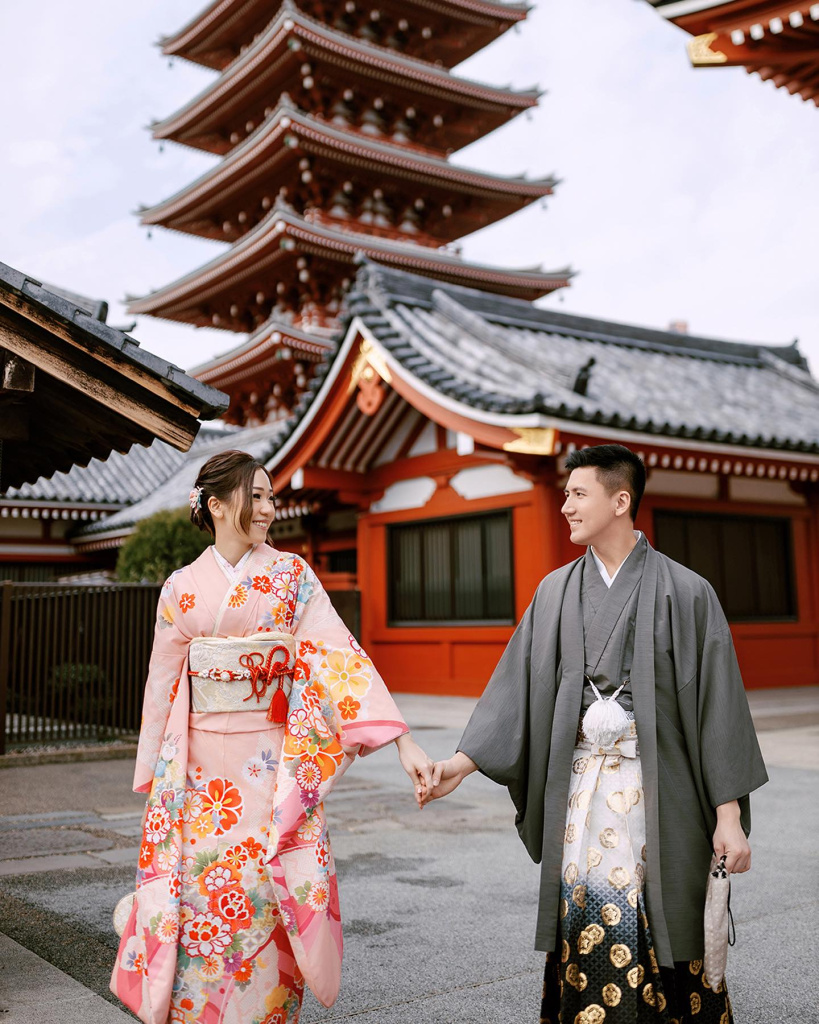
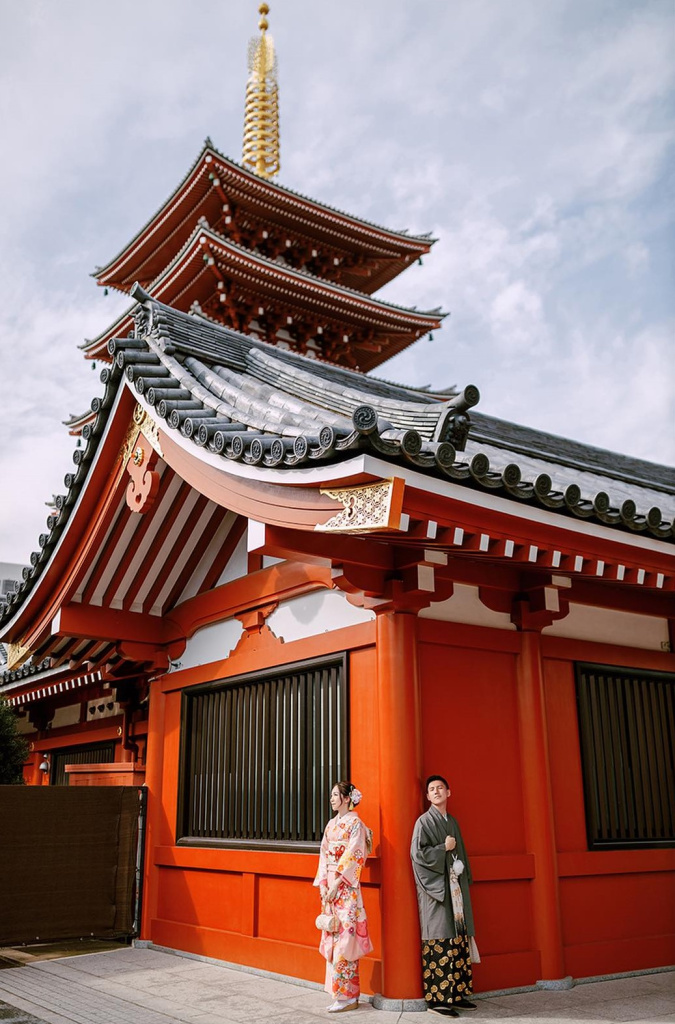
From the sacred Shinto ceremonies to the joyous celebrations with loved ones, every aspect of a Japanese wedding holds significant meaning. This article explores 15 key traditions that make Japanese weddings unique, offering insight into the rich cultural heritage that defines these beautiful ceremonies.

1. San San Kudo (Three, Three, Nine)
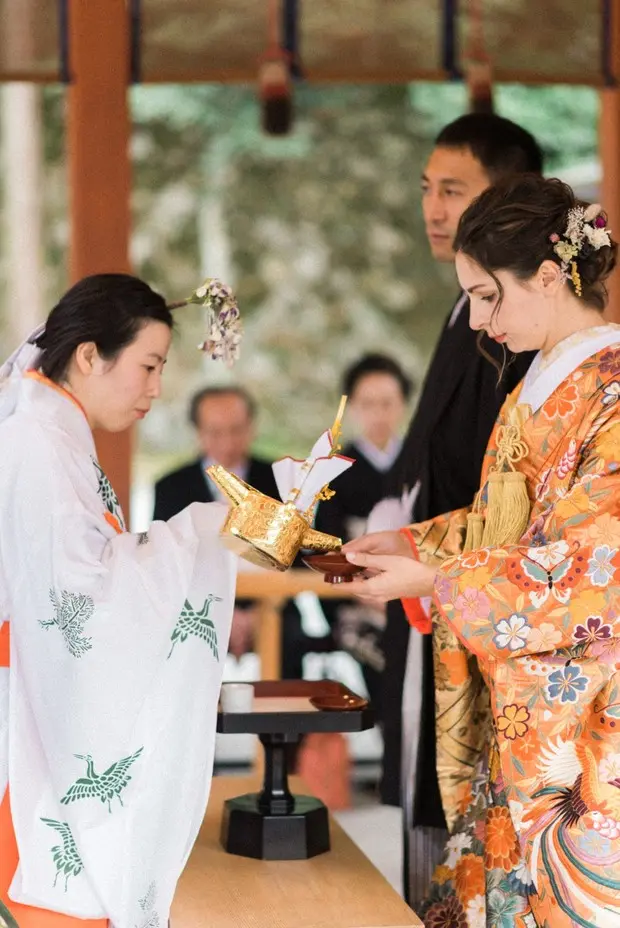
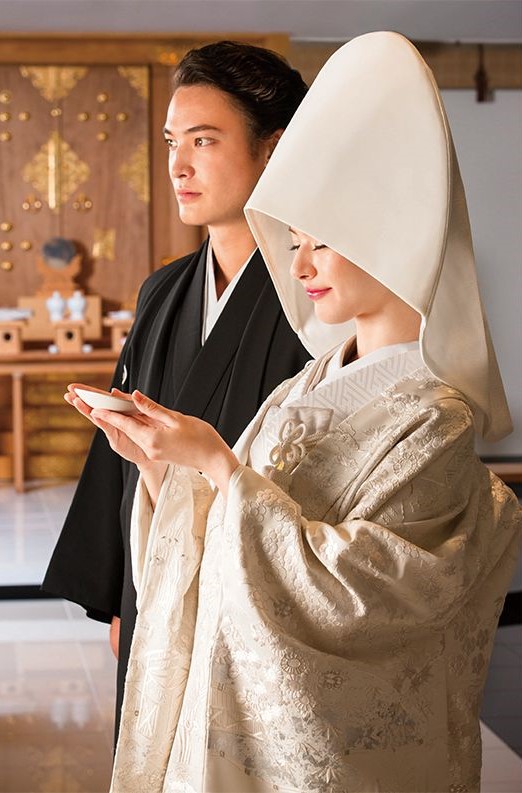
San San Kudo is a central ritual in a Japanese wedding, where the bride and groom take three sips each from three sake cups. The number three is considered highly auspicious in Japan, symbolizing harmony and balance. The couple first takes a sip from the smallest cup, followed by the medium and the largest. Each sip represents a different aspect of their life together: past, present, and future. The repetition of the number three in this custom signifies the unification of the couple and their families, promoting a sense of mutual respect and understanding. It is also believed that this practice strengthens the bond and commitment between the bride and groom.
2. Shinto Ceremony
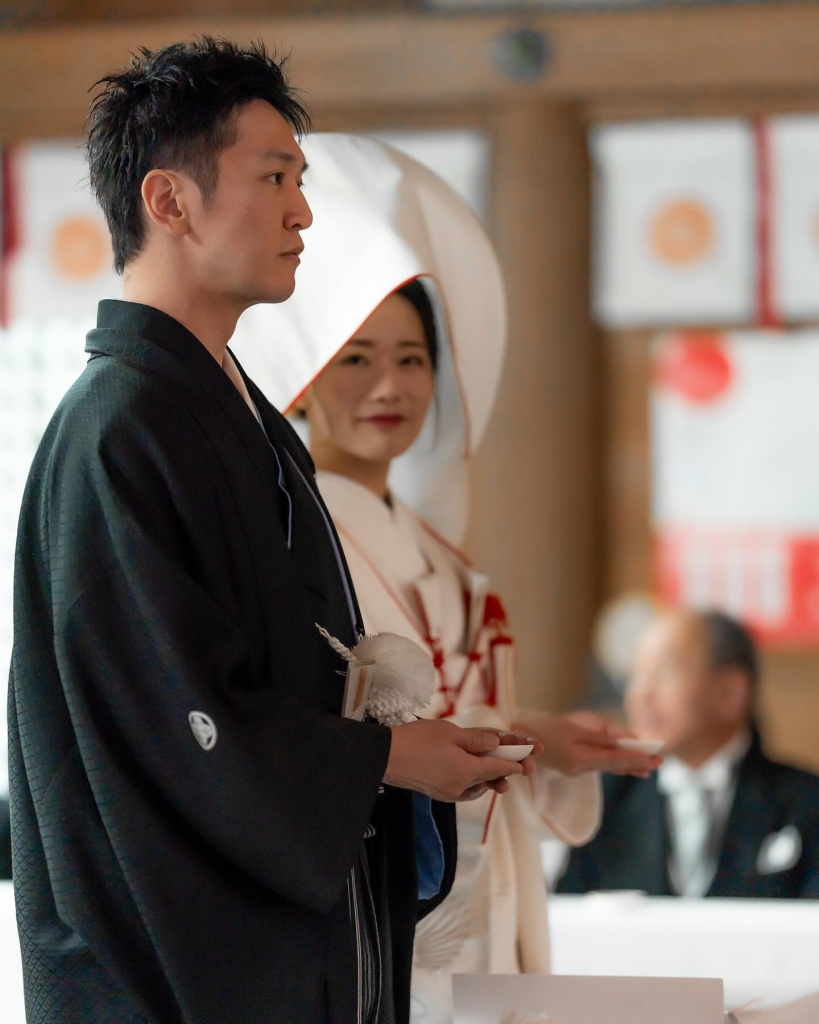
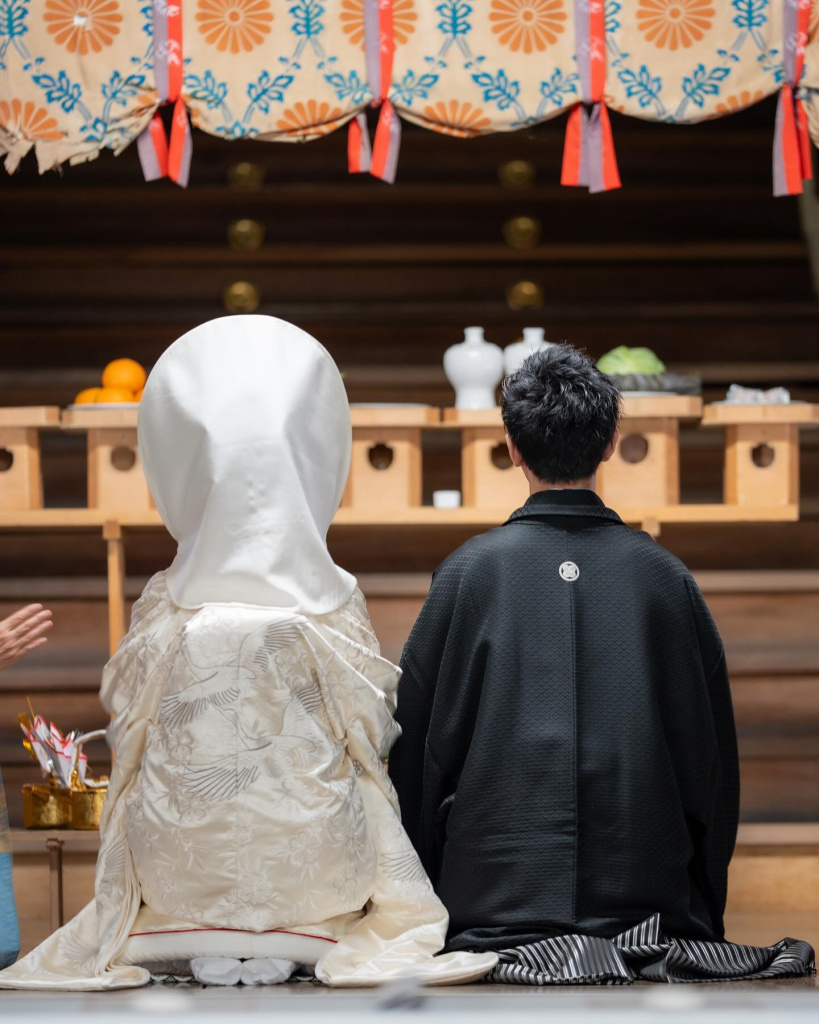
In many Japanese weddings, the ceremony is conducted in a Shinto shrine, a tradition that honors the country's spiritual heritage. The Shinto wedding focuses on the union of the couple not just with each other but also with the kami (spirits) and nature. The priest chants prayers to invoke the blessings of the gods, asking for the couple’s happiness, health, and prosperity. Offerings of food and sake are made to the kami as part of the ceremony, symbolizing the couple’s gratitude and reverence. The bride and groom’s vows are not always spoken aloud; instead, they are quietly expressed in their hearts, emphasizing the solemn and spiritual nature of the union. This traditional ritual underscores the importance of faith and respect for nature in the marriage.
3. Traditional Wedding Attire
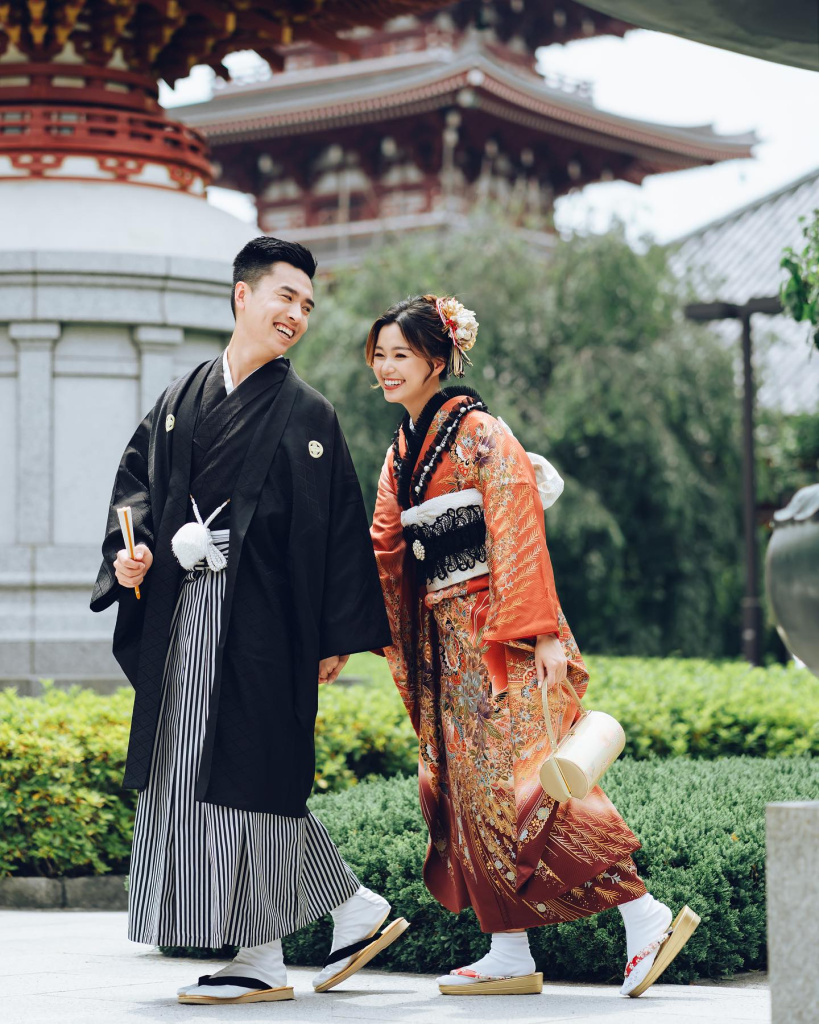
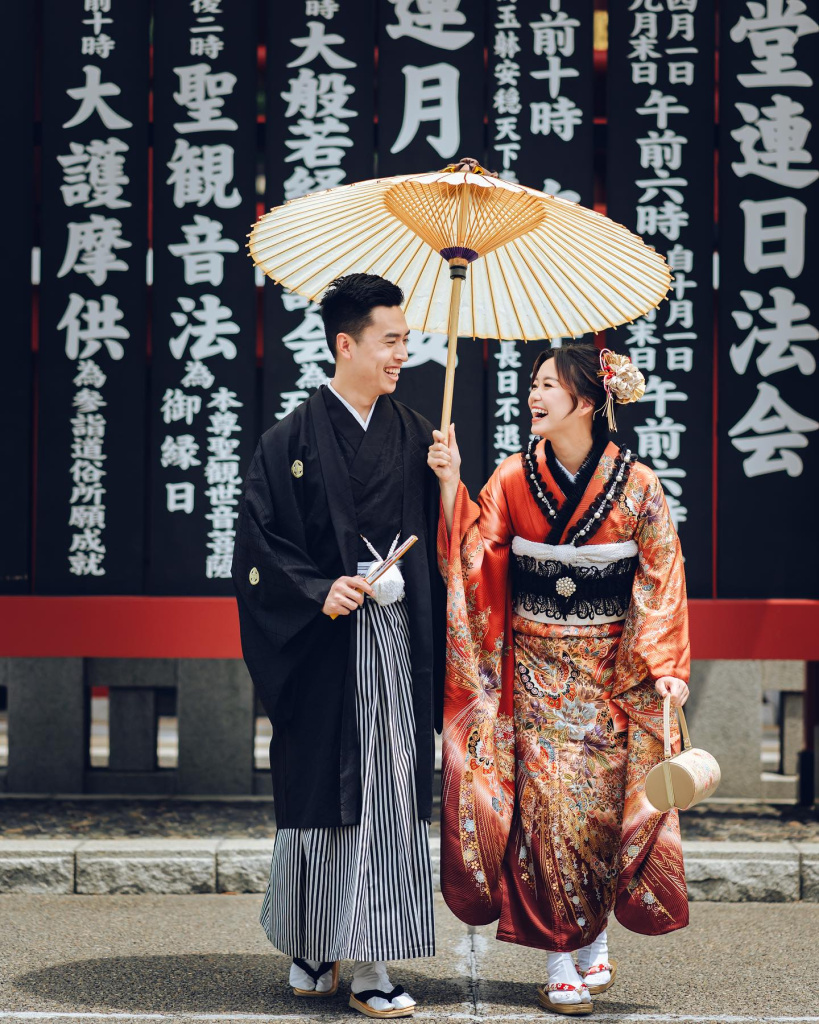
Traditional Japanese wedding attire is a striking symbol of culture and heritage. The bride typically wears a white kimono known as "shiromuku," signifying purity and new beginnings. In some ceremonies, the bride may also wear a white hood called a "wataboshi," symbolizing her transition into her new family and role. The groom, on the other hand, typically wears a black hakama, a formal garment representing dignity and respect. After the main ceremony, the bride may change into a colorful kimono, such as an "iro-uchikake," for the reception, symbolizing happiness and prosperity. The attire itself reflects the couple's respect for tradition while marking the significance of the union in their lives.
4. Kagami-biraki (Sake Barrel Opening)
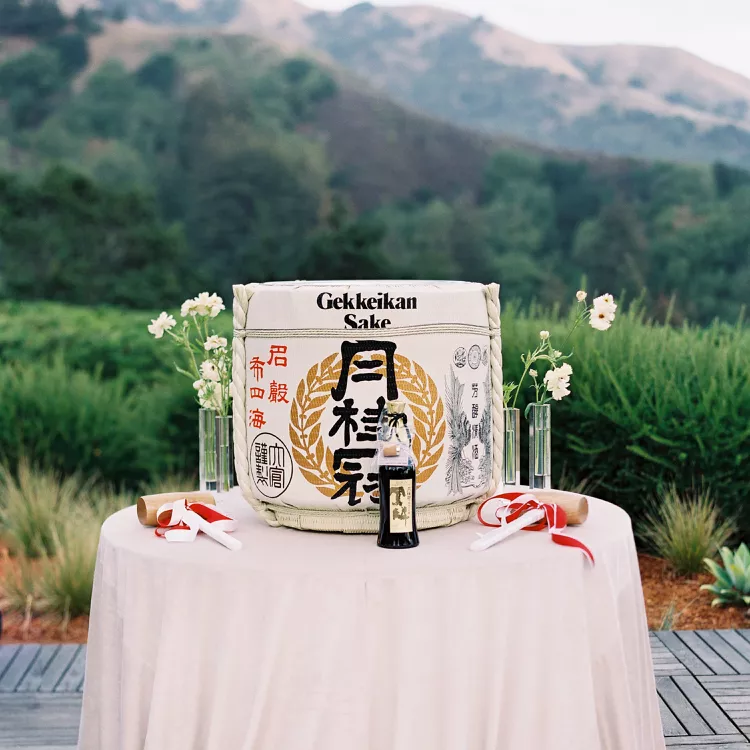
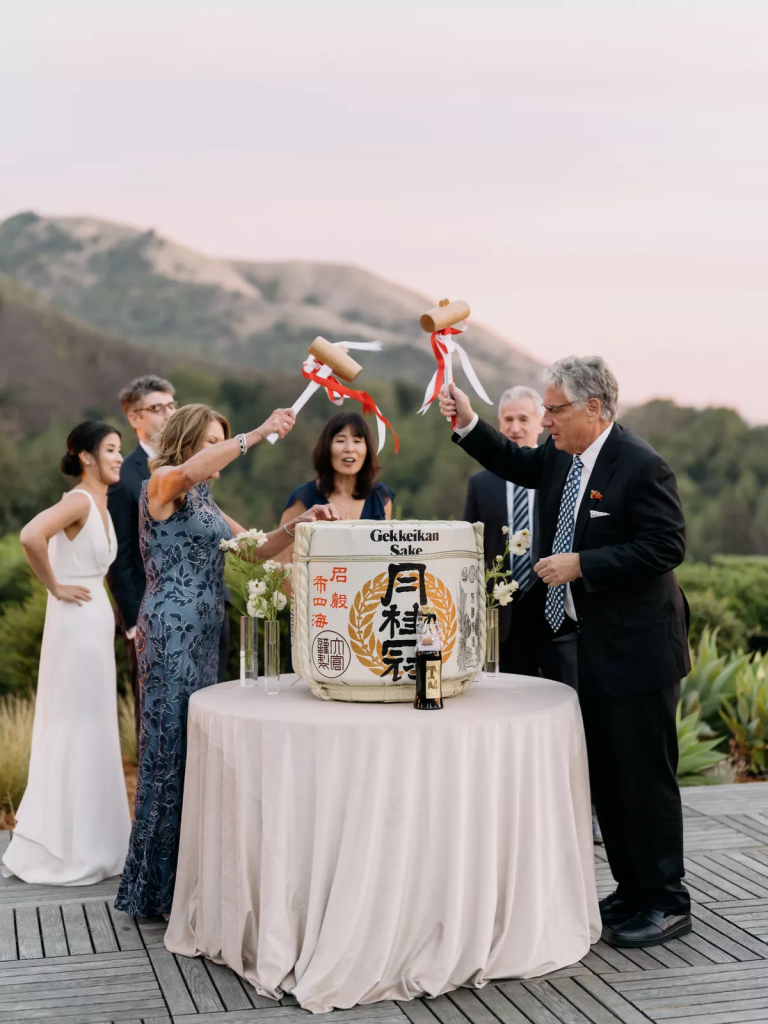
Kagami-brake is a joyful and symbolic event in a Japanese wedding reception. The couple breaks open a sake barrel with a wooden mallet, which signifies the opening of a new chapter in their life together. This ritual is believed to bring good fortune, happiness, and prosperity. The sake from the barrel is shared with the guests, symbolizing the couple's desire to share their joy and new life with their loved ones. Breaking the barrel is also a metaphor for overcoming any challenges in marriage, with the shared sake representing unity and harmony. The cheers that follow add to the celebratory atmosphere, ensuring that the wedding is marked by happiness and goodwill.
5. The Role of the Matchmaker (Nakodo)
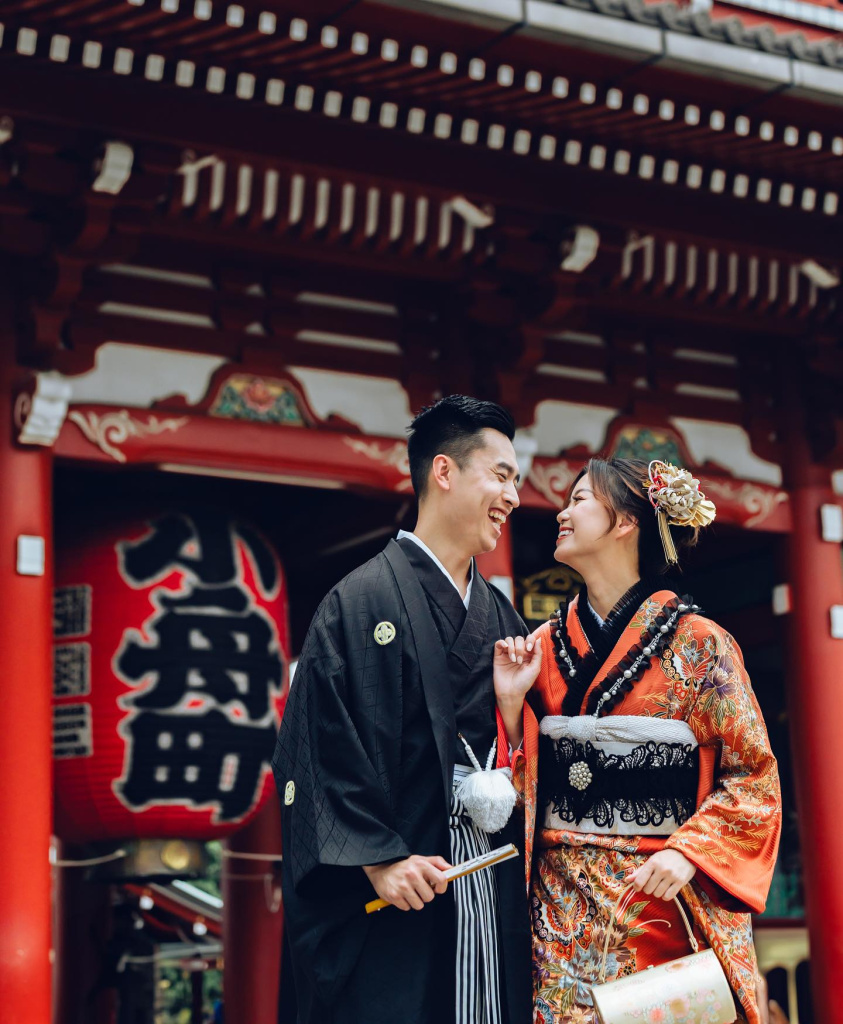
In many Japanese weddings, a matchmaker, or "nakodo," plays a crucial role in arranging the marriage. The nakodo is usually a respected individual who serves as a mediator between the families and helps facilitate engagement and wedding planning. In traditional arranged marriages, the naked would help ensure that both families were satisfied with the union and that the couple was well-suited for one another. The matchmaker also assists in ensuring that proper etiquette is followed during the ceremony, especially in more formal and traditional weddings. Even in modern weddings, the presence of a nakodo is sometimes maintained as a symbol of respect for the role of family in the marriage. The nakodo's involvement ensures that the wedding is conducted smoothly and that both sides feel equally valued.
6. Ring Exchange
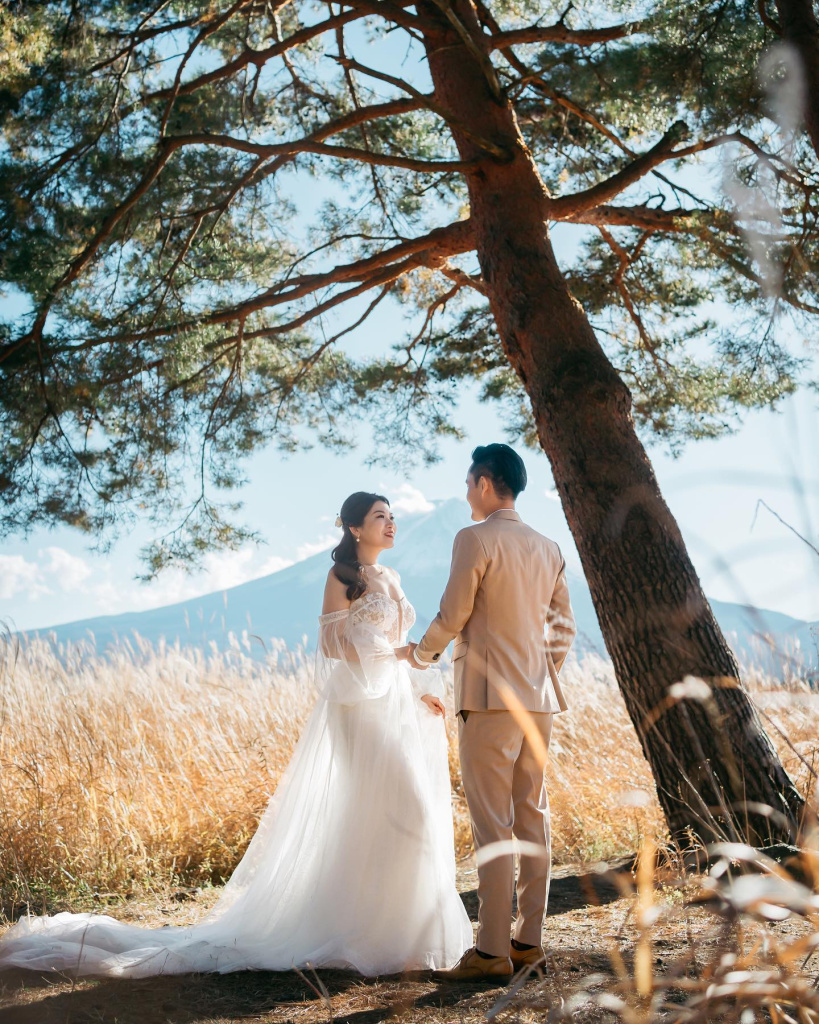
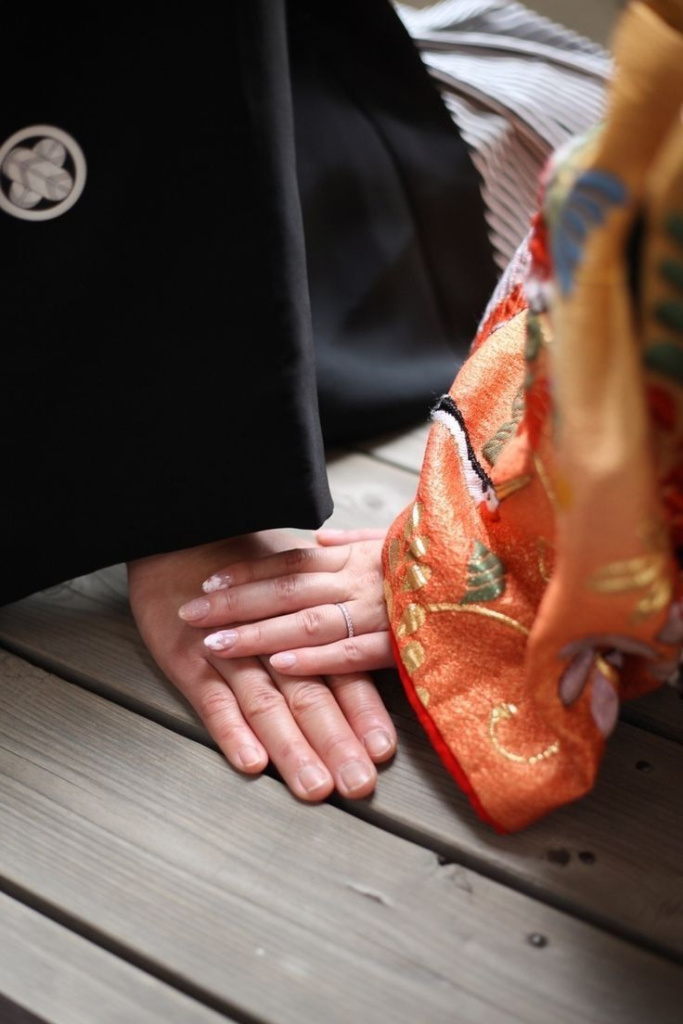
While Japanese weddings are traditionally based on Shinto rituals, the exchange of wedding rings has become an adopted custom in recent years. Couples typically exchange rings after the formal ceremony, signifying their commitment to one another. The rings, often made of gold or platinum, are chosen as symbols of eternal love, just as in Western weddings. The exchange is accompanied by vows, where the couple expresses their promise to remain loyal, supportive, and loving throughout their lives. This practice has become especially common in more contemporary weddings, blending Western and Japanese traditions. Despite its relatively recent introduction, the ring exchange has quickly become one of the most anticipated moments of the ceremony.
7. Chaji and Chowa (Wedding Banquets)
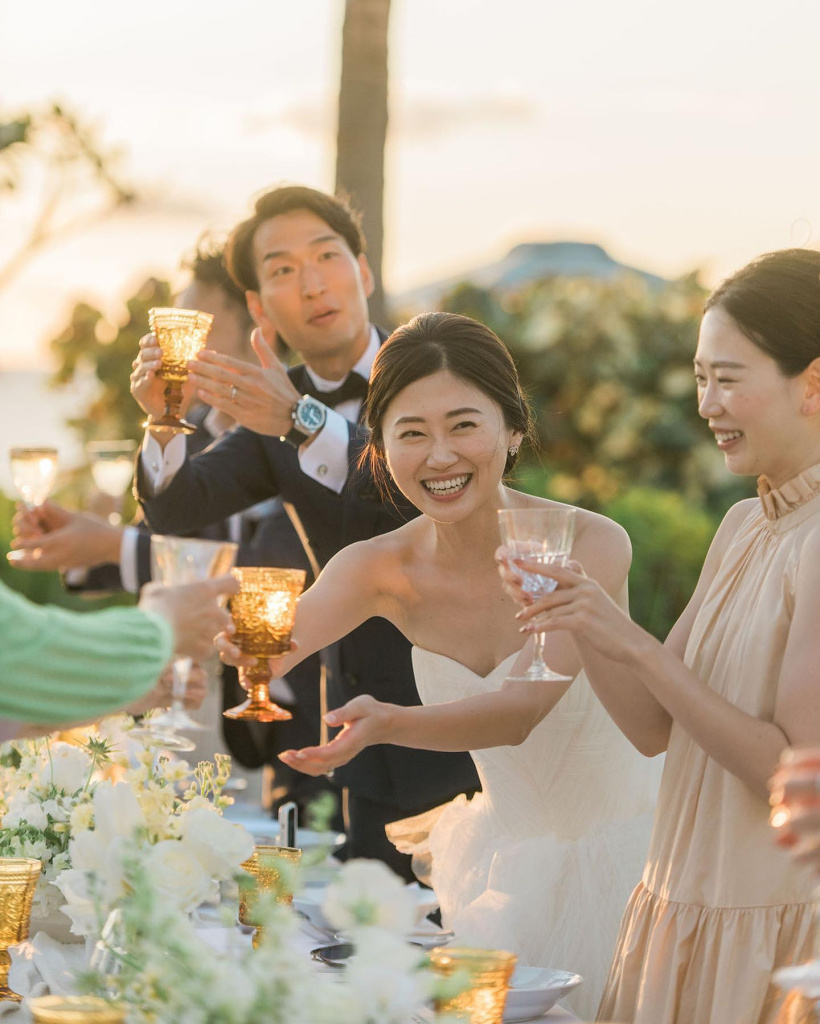
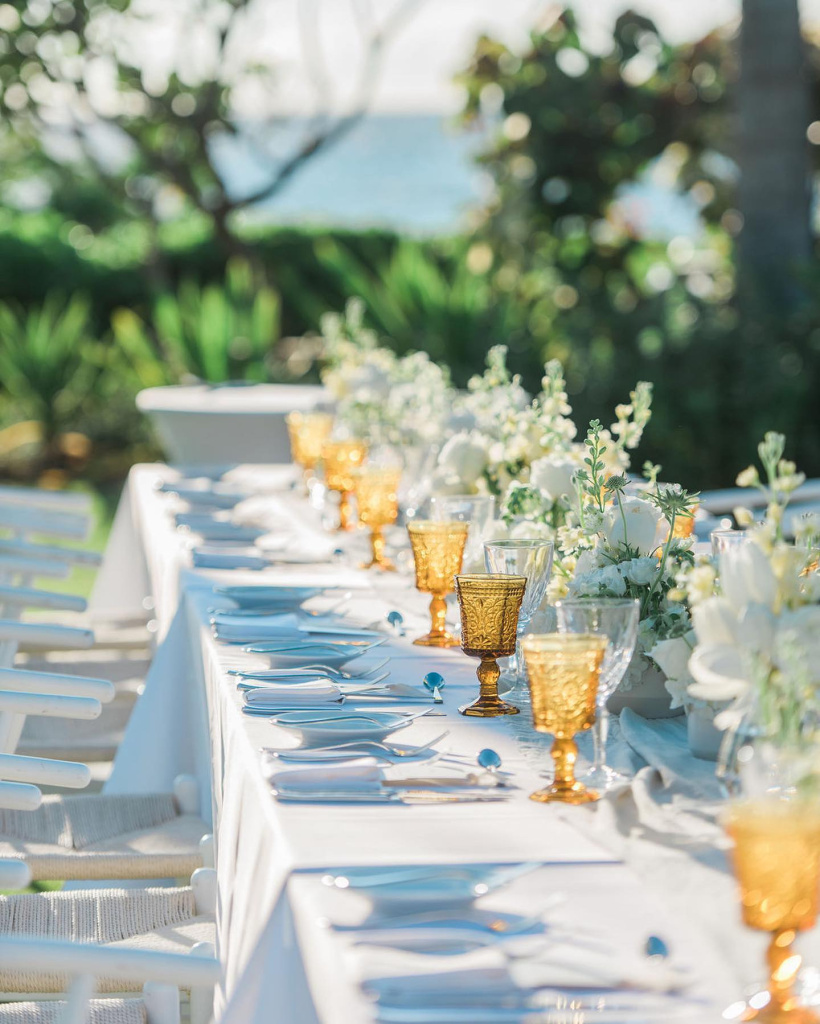
The wedding banquet, which follows the Japanese wedding ceremony, is an essential part of the celebration. It is typically divided into two parts: the Chaji and Chowa. The Chaji is a long, formal meal with multiple courses, including soups, rice, fish, and seasonal vegetables. The meal is a symbol of the couple's wishes for a long, prosperous life filled with harmony and abundance. Following the Chaji is the Chowa, a more informal and celebratory meal where guests enjoy lighter dishes and drinks, celebrating the newlyweds. The banquet is an opportunity for the families and guests to bond, share stories, and express their congratulations. The importance of food in the Japanese wedding underscores the theme of hospitality and the couple’s gratitude toward their loved ones.
8. Traditional Footwear (Zori and Geta)
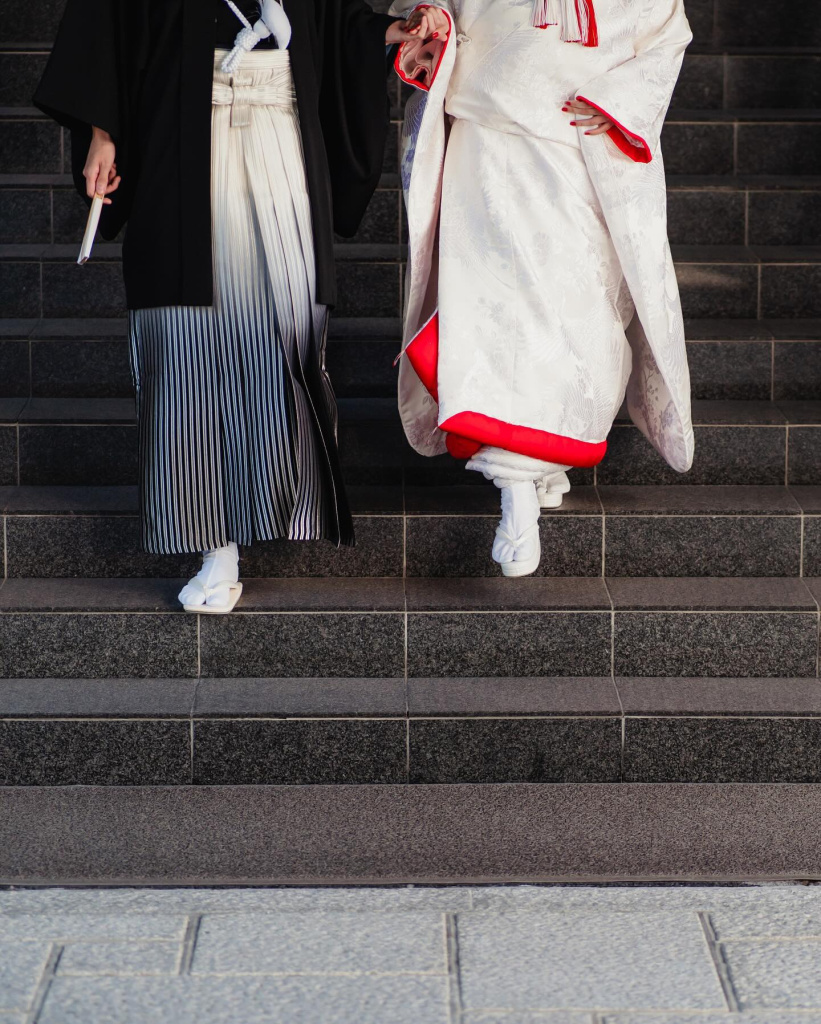
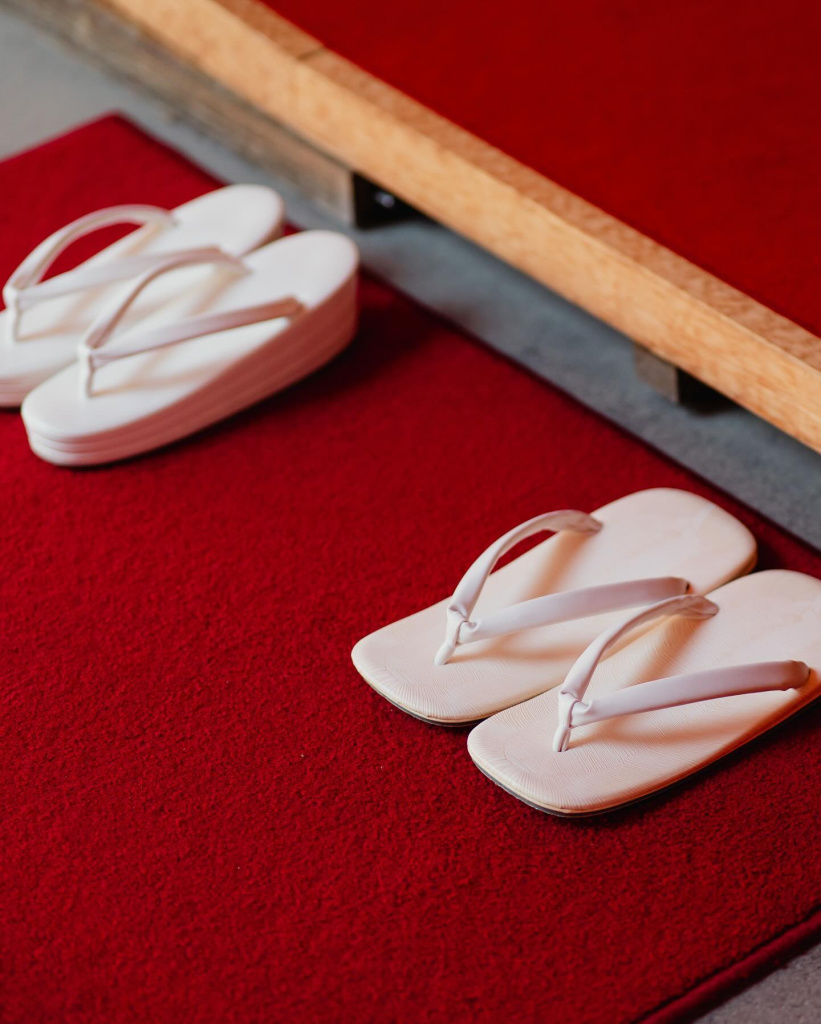
Footwear plays a significant role in Japanese weddings, complementing the bride and groom's attire and symbolizing respect for tradition. The bride typically wears zori, which are formal sandals made from silk or brocade, paired with tabi socks. These sandals match the elegance of her kimono and add to the refined appearance expected at traditional ceremonies. The groom may wear geta, wooden sandals that align with his formal hakama. The choice of footwear is not just for aesthetics but also reflects the importance of upholding customs and paying homage to centuries-old practices. Wearing traditional footwear signifies the couple's reverence for their heritage as they embark on a new chapter together.
9. Gift Giving (Shinsou)
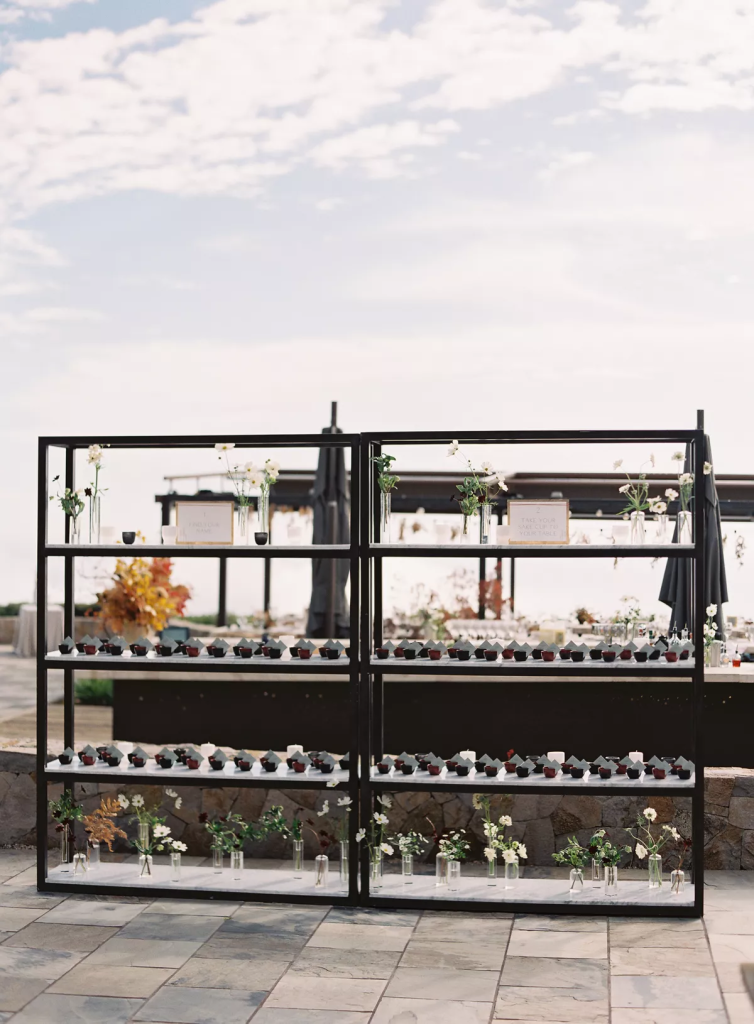
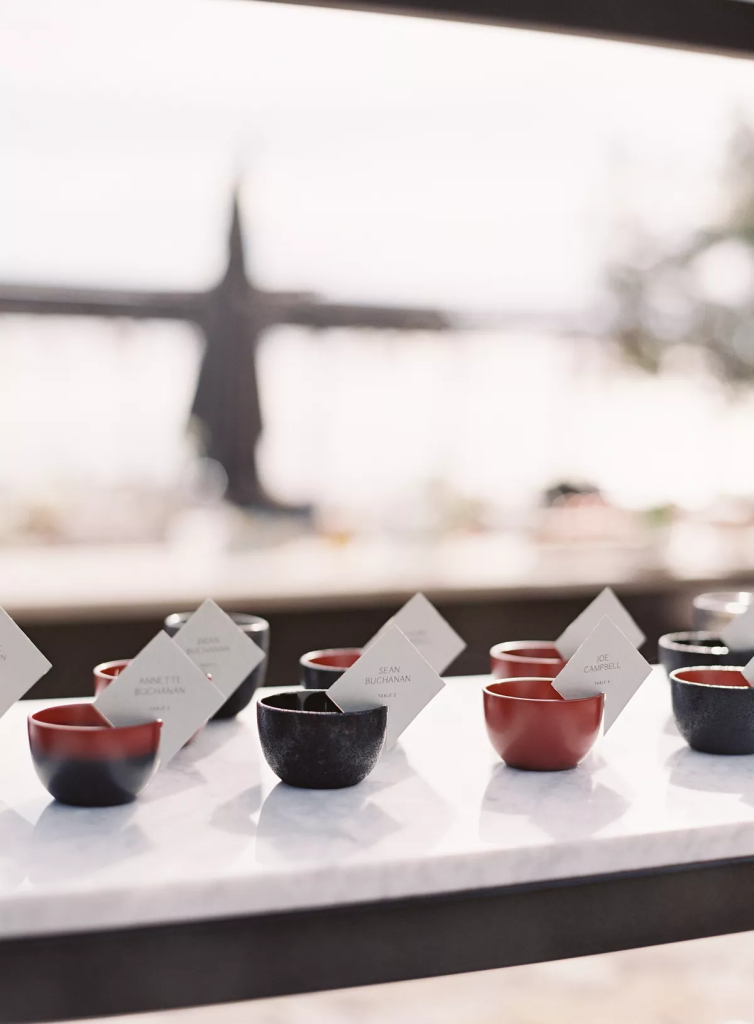
At a Japanese wedding, gift-giving is an important tradition. Guests typically give money as a wedding gift, which is placed in a special envelope called a "shinsou." The amount of money varies depending on the relationship with the couple, but it is usually presented in even numbers, symbolizing balance and harmony. The gift is not only a sign of goodwill but also helps to support the couple in starting their new life together. The money is often used to cover the wedding reception costs or help the couple with their plans. This custom highlights the sense of community and shared responsibility in Japanese weddings, where everyone plays a part in the couple’s new beginning.
10. Yui-no (Engagement Gifts)
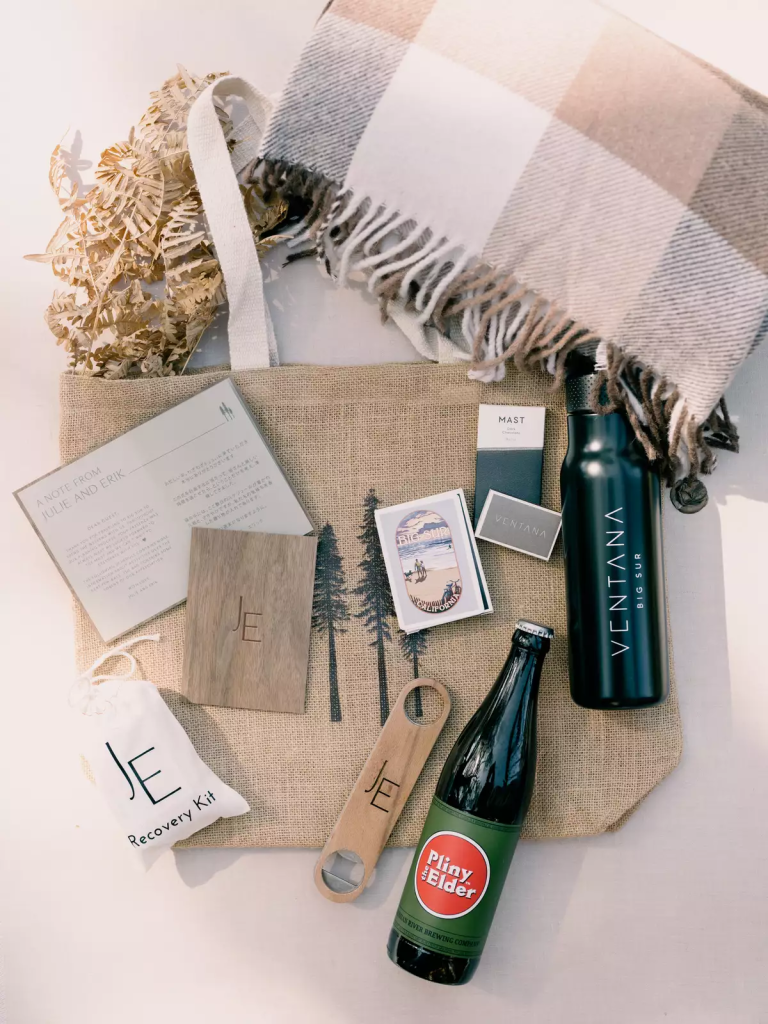
Before the wedding, the families of the bride and groom exchange engagement gifts known as "yui-no." These gifts are symbolic items meant to bless the couple's union and ensure a prosperous future. Common engagement gifts include rice, salt, sake, and cloth, all symbolically tied to wealth, purity, and fertility. The gifts are presented in a formal ceremony, where the families express their best wishes for the couple's happiness. The yui-no exchange is considered a serious and significant step in the marriage process, marking the formalization of the couple’s commitment to each other. It is a moment of respect and agreement between the two families that sets the tone for the wedding itself.
11. The Red and White Umbrella
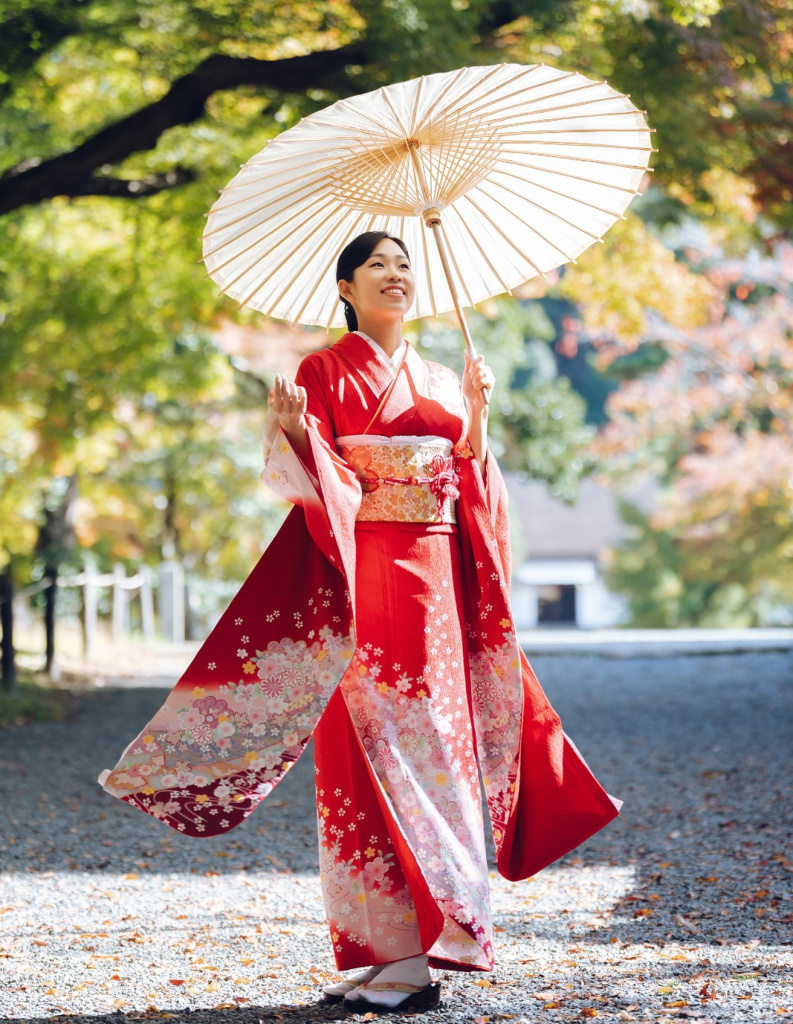
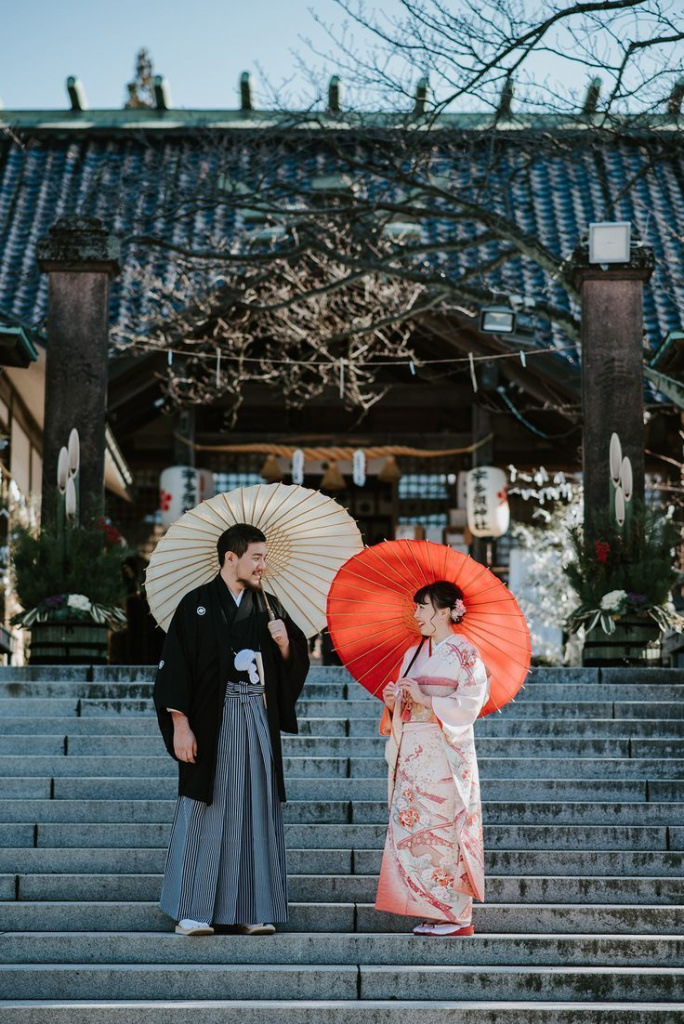
During a Japanese wedding, the bride may carry a red and white umbrella, a traditional symbol of good fortune and protection from evil spirits. The colors of the umbrella hold deep meaning: red is associated with happiness, vitality, and good luck, while white represents purity and new beginnings. The umbrella is typically carried during the wedding procession, adding an elegant and ceremonial touch to the event. It is a sign of the bride’s transition from her childhood home into her new life as a married woman. The use of the red and white umbrella also symbolizes the couple's shared journey, protecting their bond as they step into a future together. This tradition reflects the bride’s reverence for cultural customs and the role she plays in her family’s legacy.
12. The Role of Parents
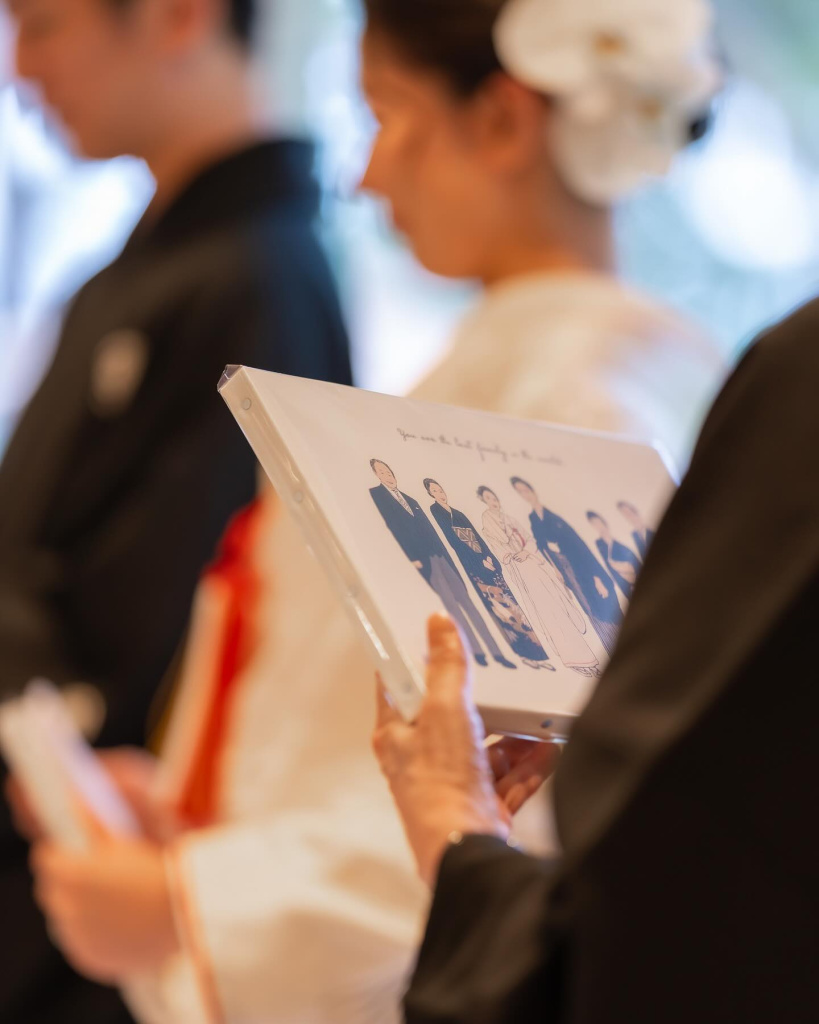
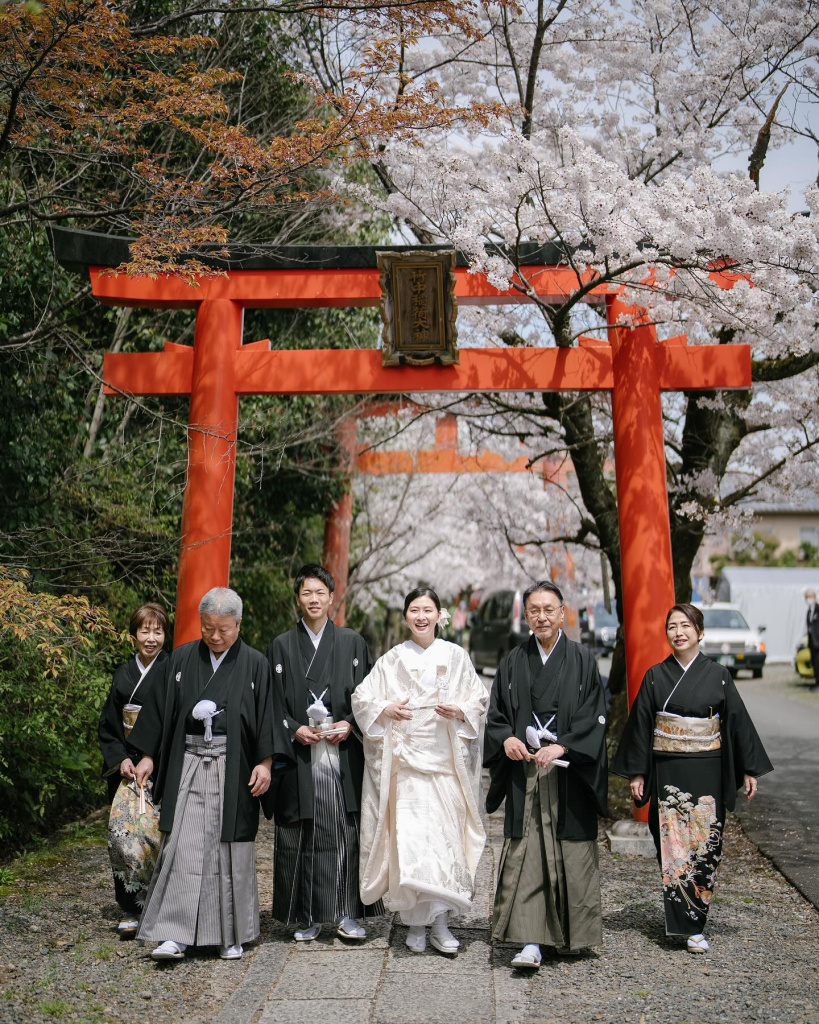
The involvement of both sets of parents in a Japanese wedding is a significant aspect of the ceremony. Unlike in some Western cultures, where the focus is primarily on the couple, in Japan, the families’ approval and support are seen as essential to the success of the marriage. Parents often participate in the ceremony by making offerings to the gods or performing traditional rituals themselves. In some cases, the parents also play a central role in the couple’s vows, acting as witnesses to the union. This collective approach underscores the importance of family in Japanese culture, where marriage is not just the joining of two individuals, but the merging of two families. The close involvement of the parents reflects the respect for tradition and the role of family bonds in the Japanese wedding.
13. Bridal Procession
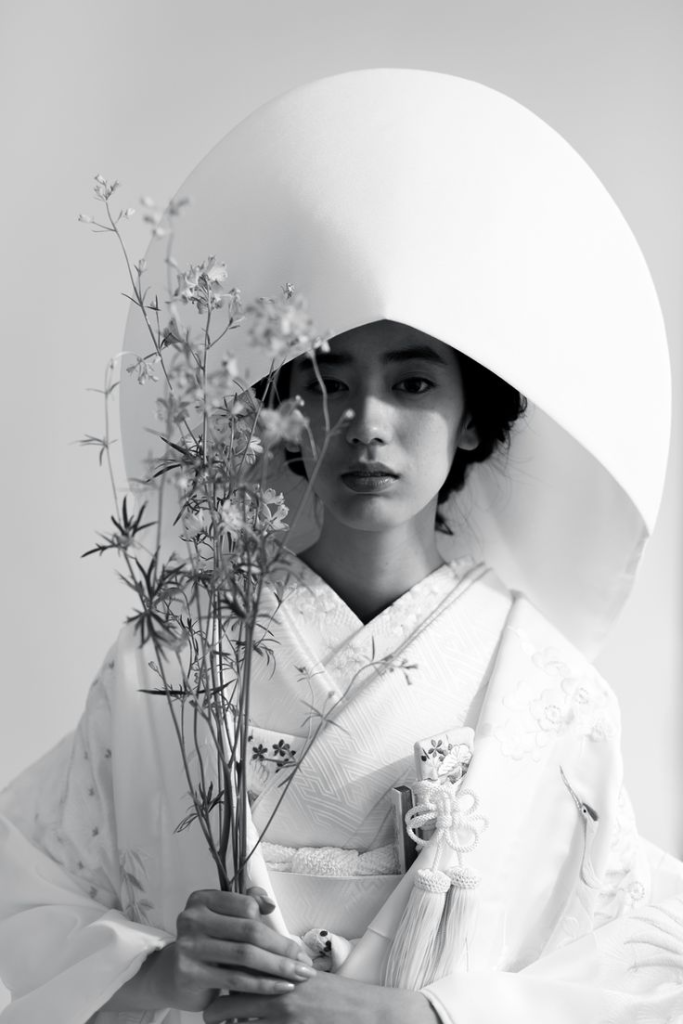
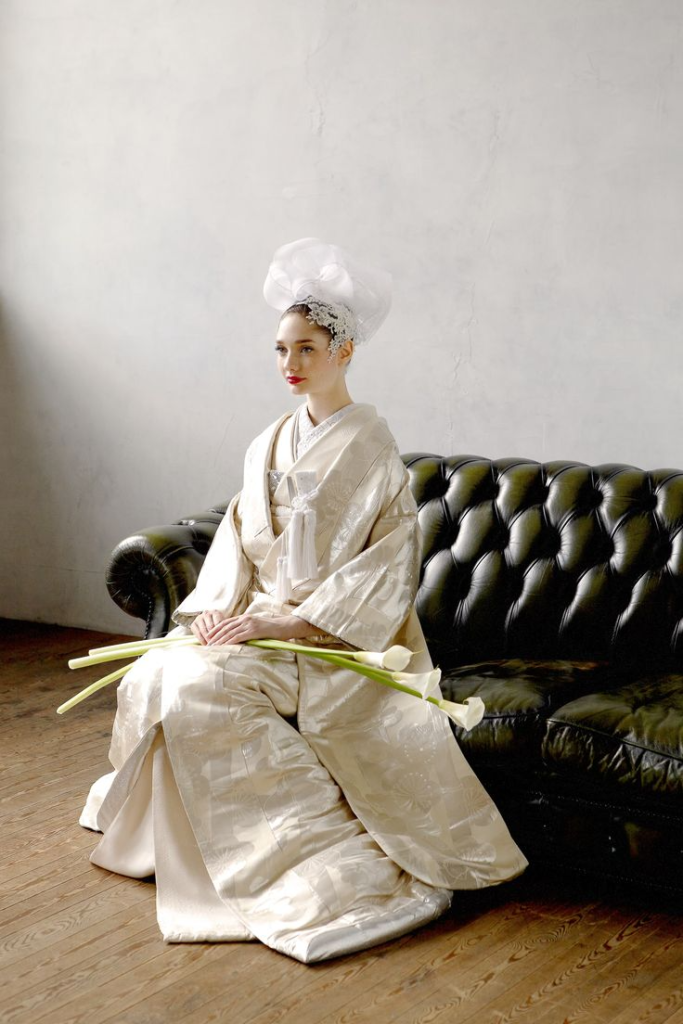
The bridal procession is one of the most anticipated moments of a Japanese wedding. The bride is traditionally escorted down the aisle by her father or another close family member. This moment is filled with symbolism, as the bride's journey represents her transition from her childhood family to her new family. The bride typically wears a white kimono and veil, signifying her purity and the beginning of a new life. During the procession, the couple may bow to the guests as a sign of respect and gratitude. The procession is often accompanied by traditional music and chants, further elevating the solemnity and reverence of the event. It is a moment of reflection and respect, marking the bride's entrance into a new chapter of life.
14. Wedding Procession (Hanayome Dochu)
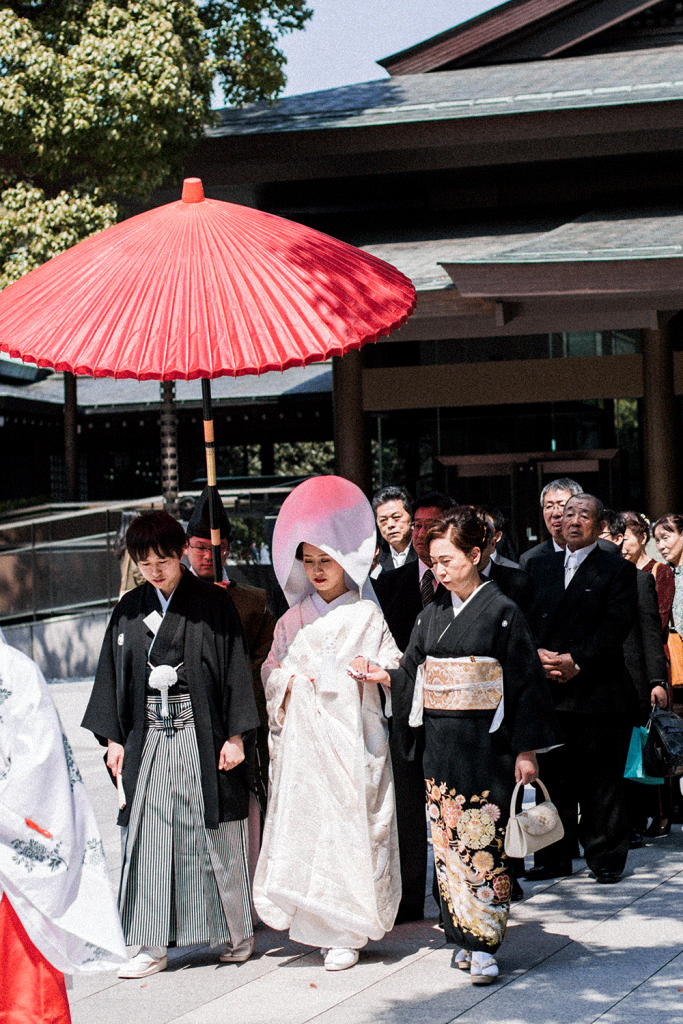
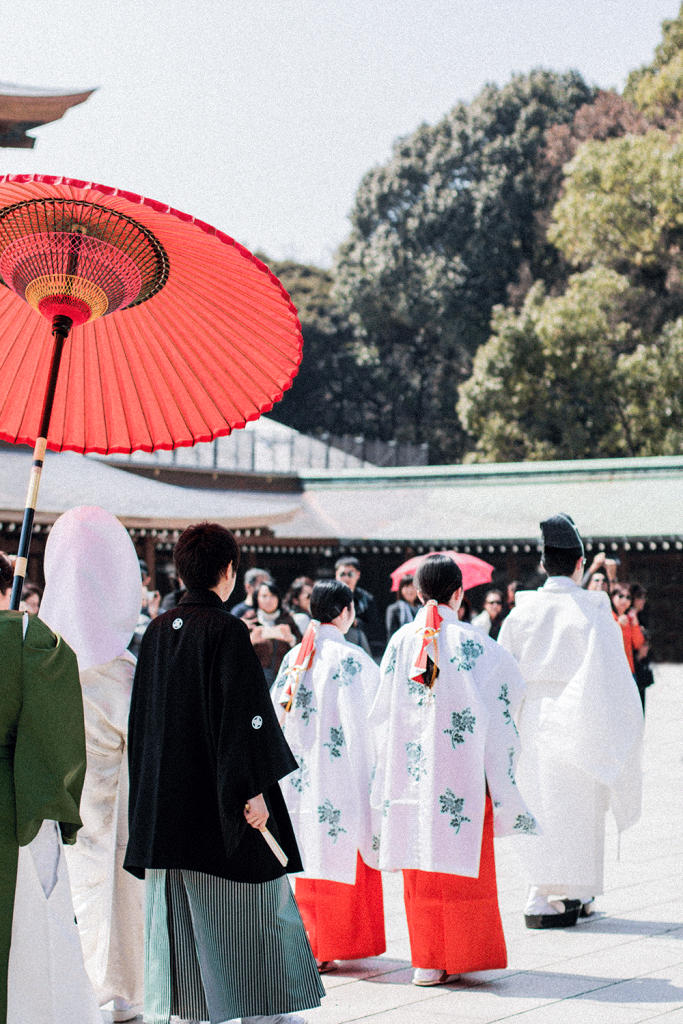
The Japanese wedding procession, known as "Hanayome Dochu," is a beautiful tradition where the bride and groom walk in a ceremonial parade to the shrine or wedding venue. Accompanied by their families and sometimes musicians, the couple’s slow, graceful walk represents their journey toward a new life together. This procession is rich in symbolism, with participants dressed in traditional attire, creating a visually stunning and meaningful spectacle. The deliberate pace of the procession allows time for reflection and adds a sacred air to the event. Guests and onlookers often join in, honoring the couple’s union with admiration and support. The procession is a way to include the wider community in the celebration, making it a cherished part of Japanese weddings.
15. The Wedding Favors (Hōnō)
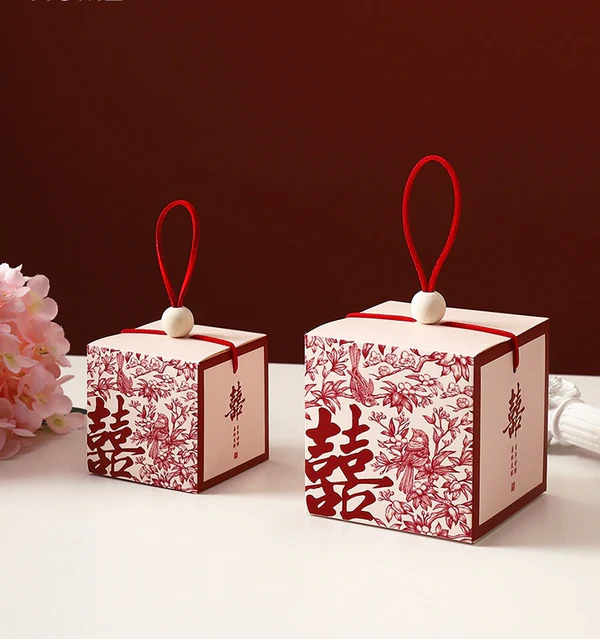
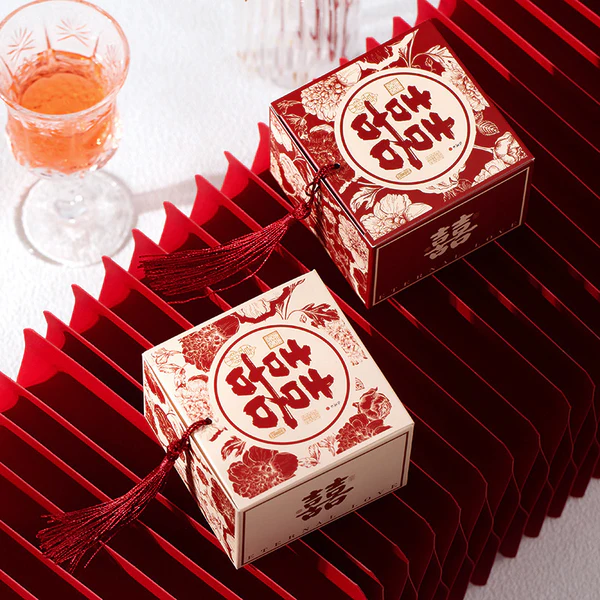
Wedding favors, or "hōnō," are small gifts given to the guests as a gesture of gratitude for attending the Japanese wedding. These gifts are often carefully chosen to reflect the couple’s personality and cultural heritage. Common gifts include sweets, small trinkets, or decorative items. The hōnō are presented in beautiful packaging, often with intricate ribbons or boxes, showcasing the meticulous care that goes into Japanese gift-giving customs. The giving of favors is not only a way to thank guests but also a way to share the couple’s joy and celebrate their new life together. This tradition highlights the importance of hospitality and respect in Japanese weddings, ensuring that guests feel appreciated and valued.

A Japanese wedding is a harmonious blend of sacred rituals, deep cultural significance, and heartfelt celebrations. Each tradition, from the exchange of sake cups to the meaningful involvement of family members, serves as a reminder of the importance of unity, respect, and gratitude. While some of these customs have evolved, they remain an integral part of the wedding experience, enriching the couple's journey into marriage. By understanding these traditions, one gains a greater appreciation for the depth of meaning that defines a Japanese wedding, and how it celebrates not just the union of two individuals, but the coming together of families and communities.














